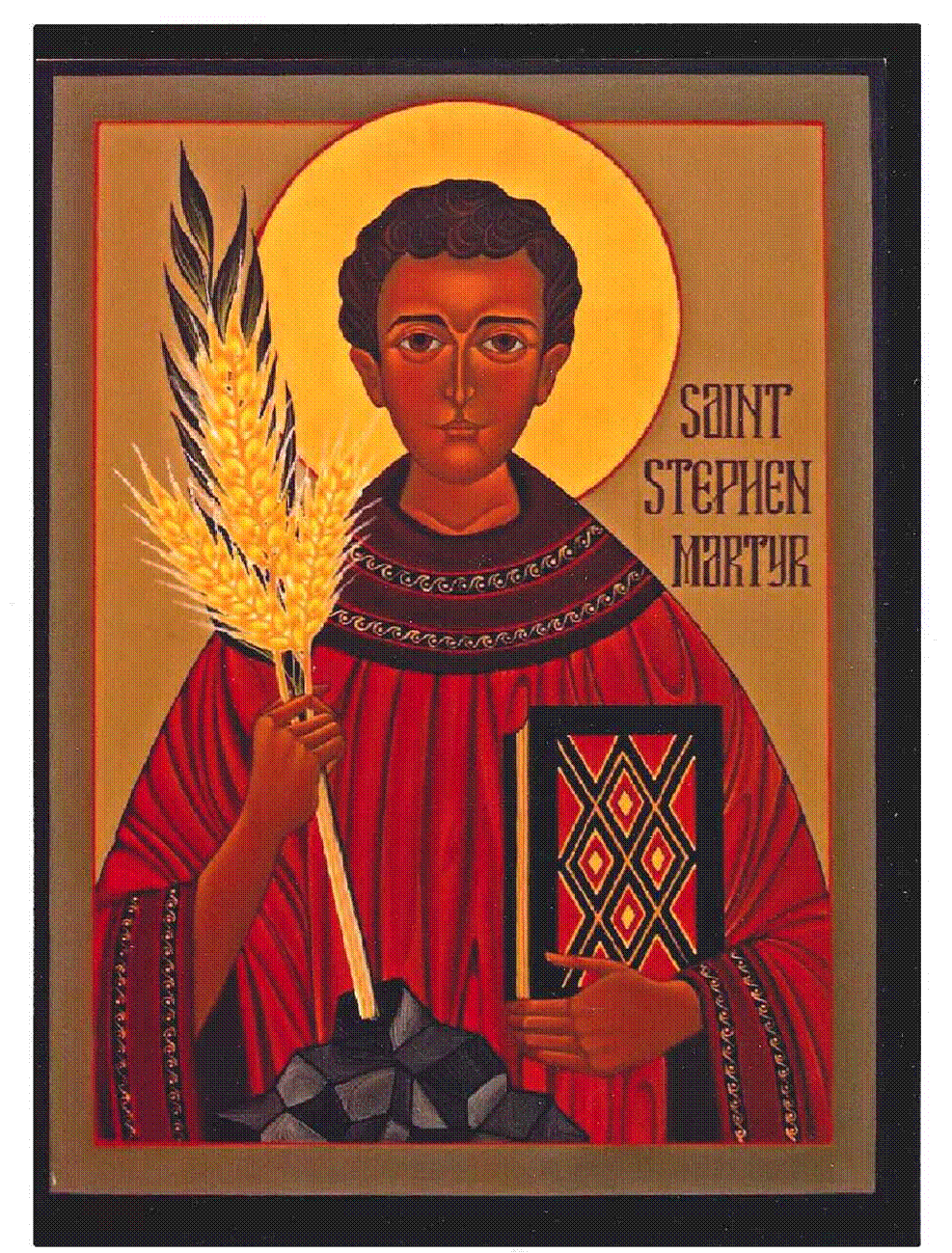The Desert
- The Rev. Mark Walters
- Feb 28, 2024
- 2 min read

From the balcony of our condo here in Palm Desert, California, I can look past the few structures in my line of sight, and see the vast emptiness of the desert that is only a few miles away. Tall swirls of sand are visible in the distance as the easterly wind blows across the valley, the area the locals call the “Low Desert.”
After a short car ride, the cacophony of competing sounds from the city are left behind and Sue and I are out beyond where people live. All around, acre after acre, mile after mile, the land is relatively barren, with a few clumps of brush seen here and there. But once we are here, we are able to enjoy a much-appreciated sense of calm.
The 40 days of Lent are tied directly to the time Jesus spent in the desert successfully fending off the temptations of the devil and preparing himself for his ministry among the ordinary people of his day. The desert to which the Holy Spirit drew him was barren to the point Jesus had nothing to eat the whole time he was there. I suspect it was not a very pleasant time for him nor one where he could feel much calm. Yet, he persevered and survived so he could carry out the mission given to him by God.
There are several Lenten traditions of our Christian culture that attempt to mirror Jesus’ experiences while in the desert: fasting, fighting temptation by temporarily giving up something that is a source of pleasure, and praying. These traditions are our opportunities not only to “go where He has gone,” but also to show our deep gratitude for the sacrifices he made for us.
Take time during the rest of this season of Lent to practice one or all of these traditions. Reflect on what we all know to be true, that he died for us to save us from our sins and to provide us a pathway to eternal life.
Bob Linderman
































Comments